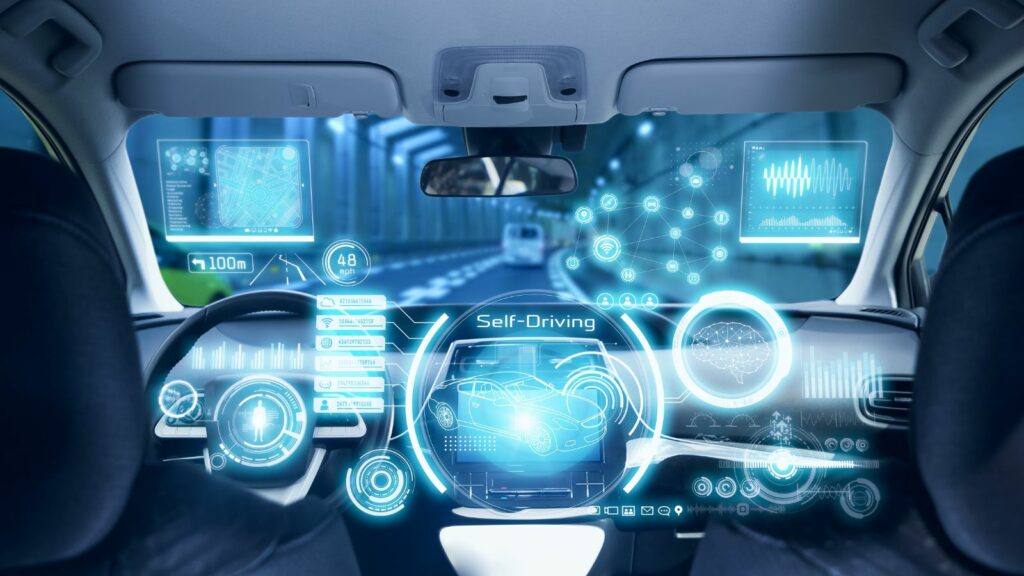Cars have come a long way since the days of Henry Ford’s Model T, a vehicle that famously came in “any color so long as it is black.” Today, we’re blessed (or cursed, depending on your perspective) with an array of gadgets and gizmos that would make even James Bond’s Q branch jealous. But before the days of lane-keeping assistance and Bluetooth everything, there were car features that, for their time, seemed straight out of a movie. Buckle up as we cruise down memory lane to explore 15 car features ahead of their time!
Cruise Control
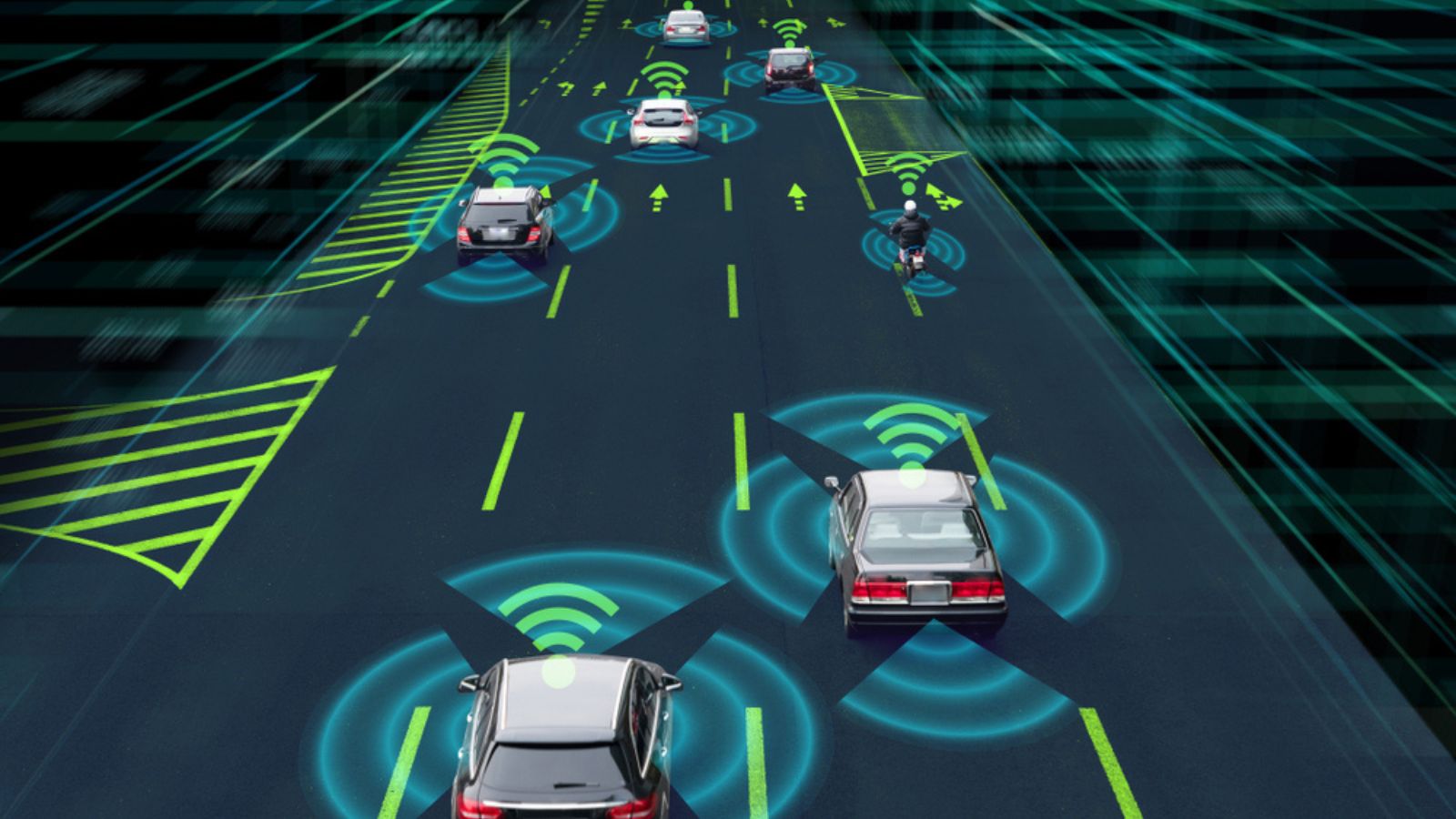
Cruise control was the granddaddy of hands-free driving long before Elon Musk made it trendy. Introduced in 1958 by Chrysler, this feature lets drivers rest their feet on long drives, sparking a revolution in automotive comfort. Imagine the glee of 1950s road trippers who could now sip their milkshakes without worrying about maintaining a constant speed.
Heated Seats
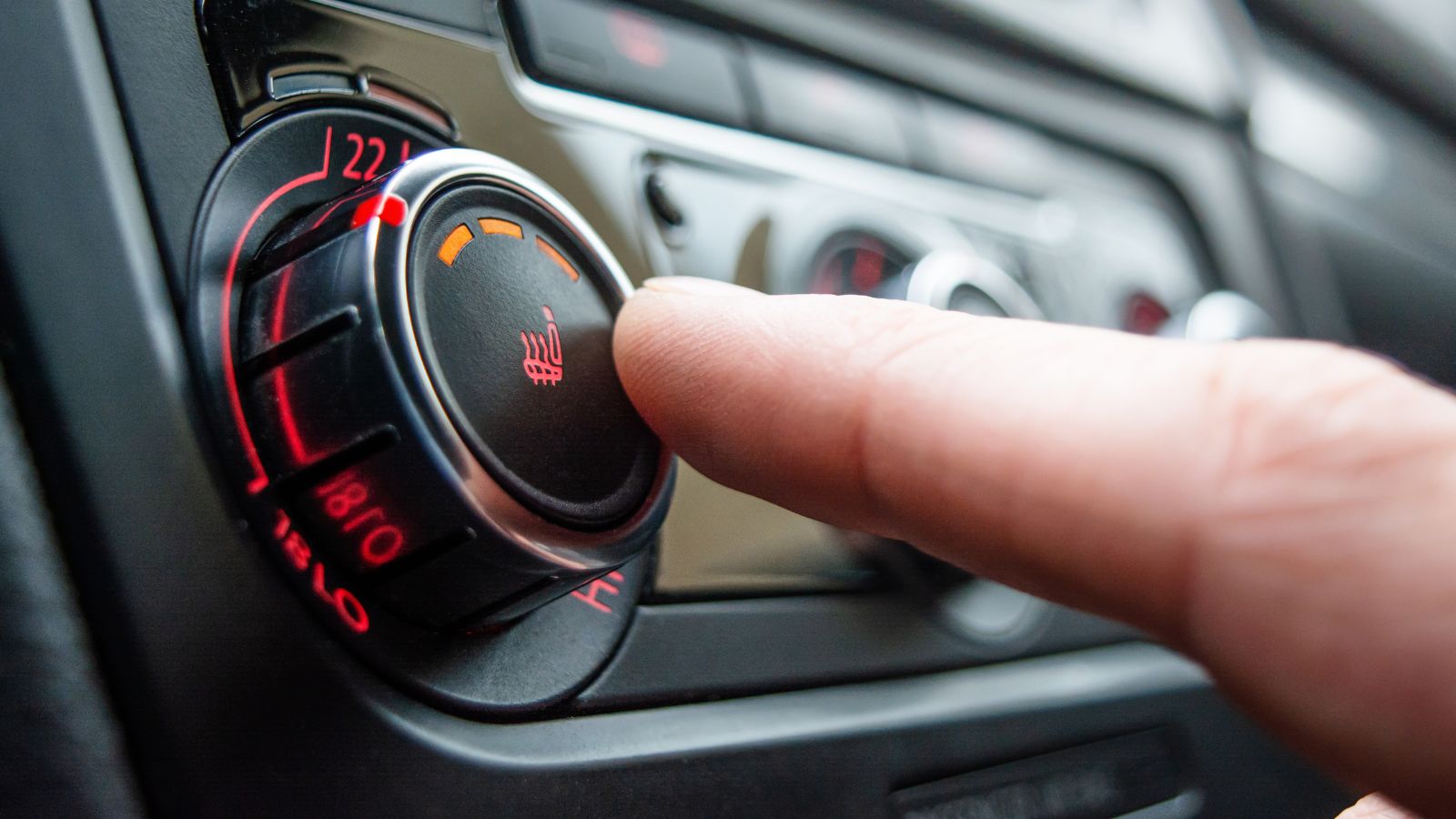
The Swedish car manufacturer Saab first introduced heated seats in 1972. A blessing for those who dread sitting on an icy car seat in the winter, heated seats brought a new meaning to the term “warm welcome.” Plus, they made those early morning commutes a tad more bearable. Nothing says luxury like a toasty tush on a frosty morning!
Power Windows
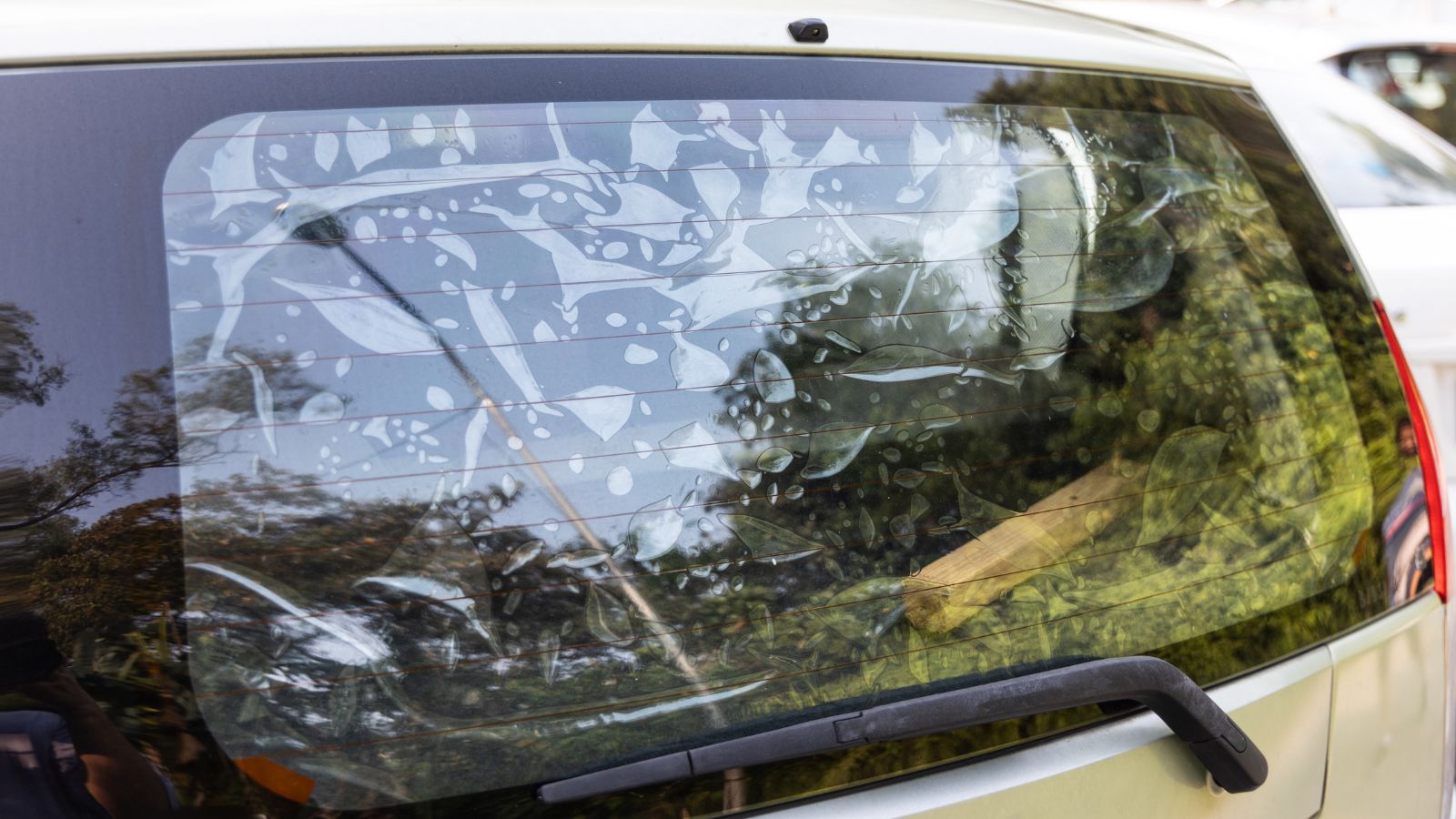
Remember cranking those windows up and down? Neither do most millennials. Power windows, a novelty in the 1940s, allowed drivers to operate their windows with a button. No more awkward arm workouts to get a bit of breeze – pure, unadulterated convenience at your fingertips!
Antilock Brakes (ABS)

ABS was a game-changer when it first appeared on the 1966 Jensen FF. ABS prevents wheels from locking while braking, allowing drivers to maintain steering control and drastically improving safety. Finally, drivers could slam on the brakes without feeling like they were auditioning for a role in an action movie skid scene.
Automatic Transmission
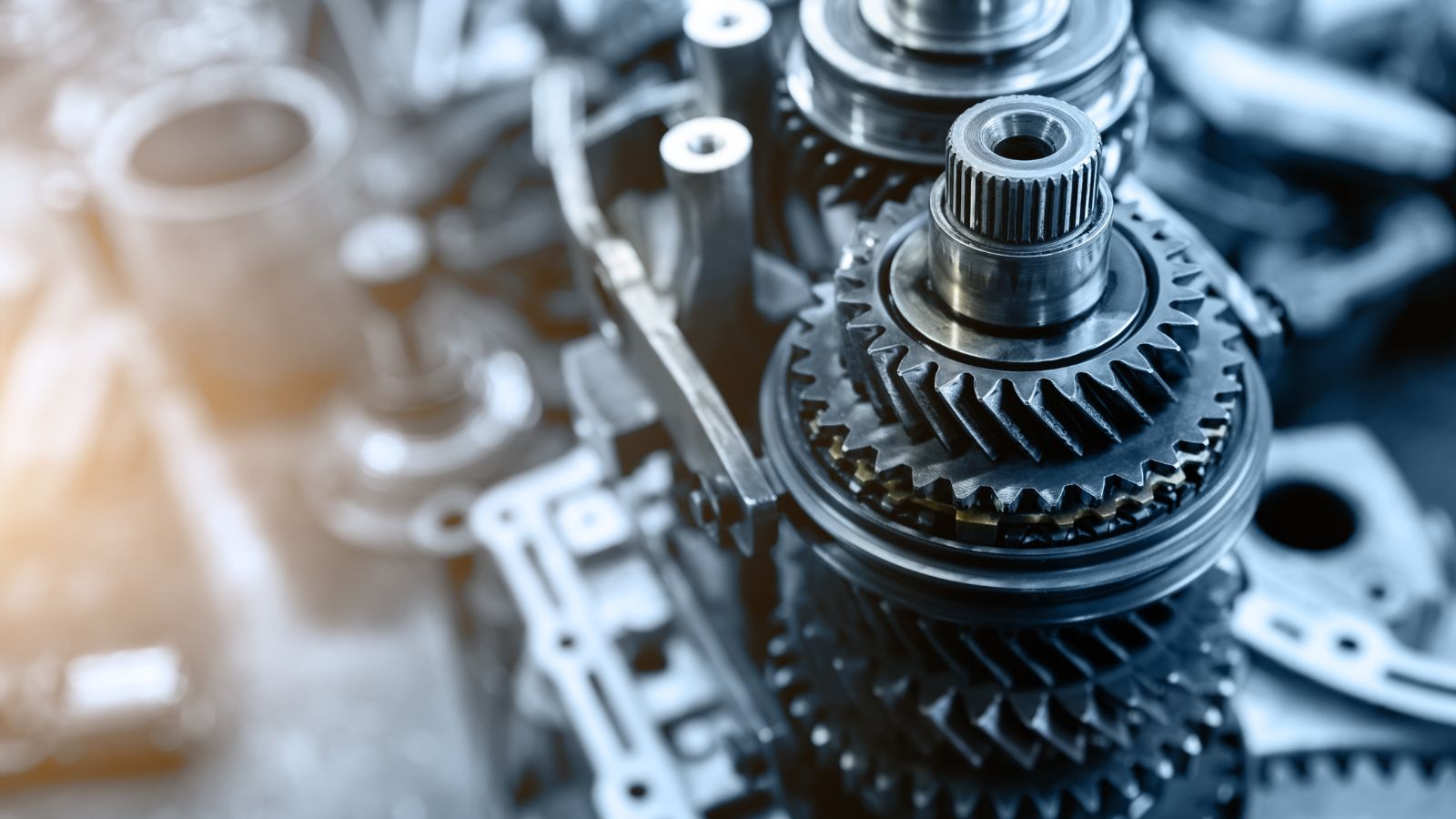
While manual transmissions are great for feeling like a racecar driver, automatic transmissions, first introduced in 1939 by General Motors, made driving accessible to the masses. This invention meant anyone could drive without mastering the fine art of clutch control. It also allowed drivers to keep one hand free for essential tasks, like drinking coffee or gesturing wildly at other drivers.
Rearview Cameras

Though it seems like a modern necessity, rearview cameras first appeared on the 1956 Buick Centurion concept car. However, they became common in the early 2000s. These cameras revolutionized parking and reversing, saving countless bumpers and egos. Finally, you could go back into a parking spot without a prayer and hope.
Navigation Systems
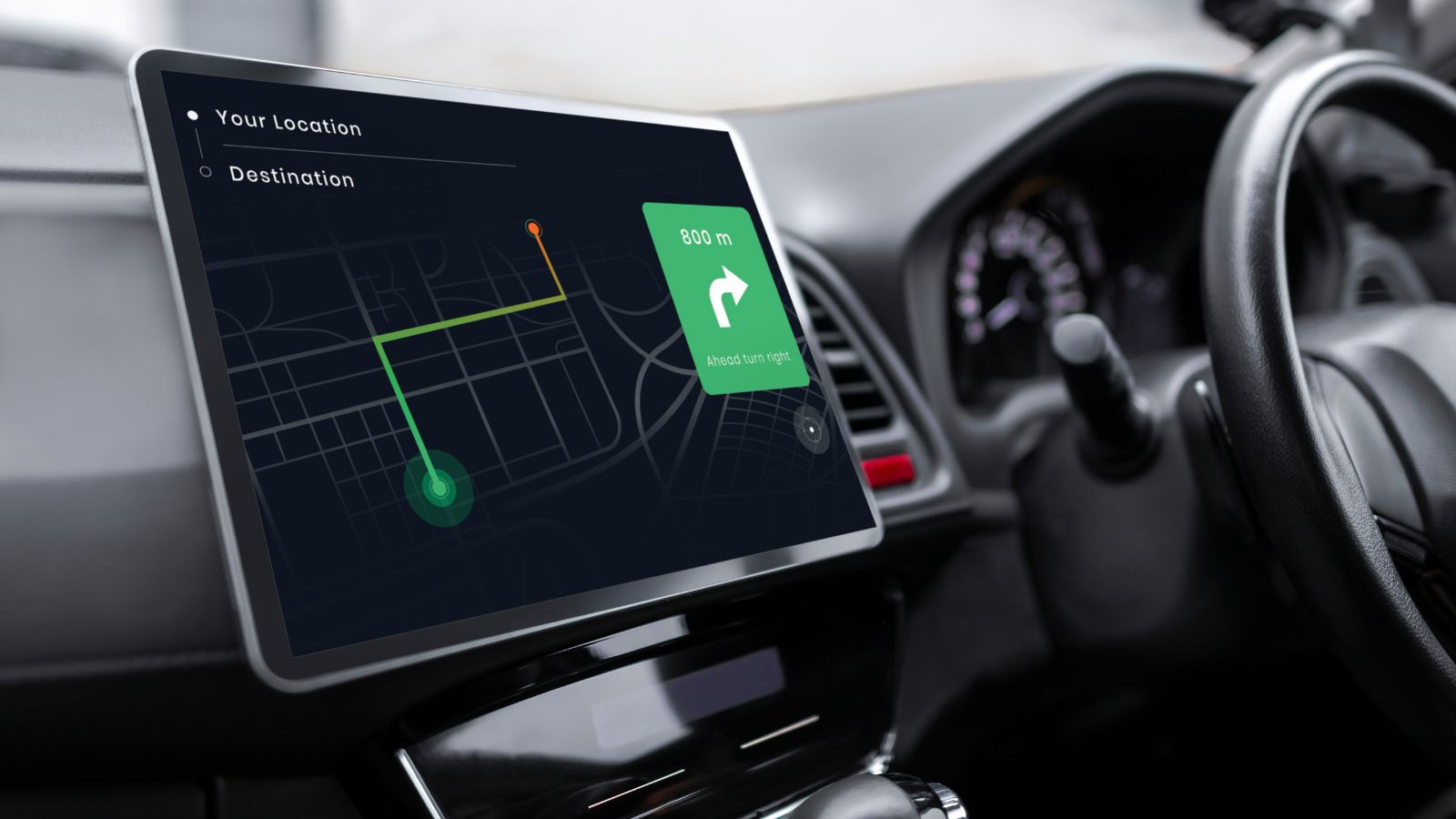
Before smartphones and GPS apps, there were in-car navigation systems. Honda introduced the first in-dash navigation system in 1981 with the Electro Gyrocator. Sure, it was about as accurate as a pirate’s treasure map, but it paved the way for the reliable GPS systems we rely on today. No more arguing with your spouse about whether you missed that turn!
Adaptive Cruise Control
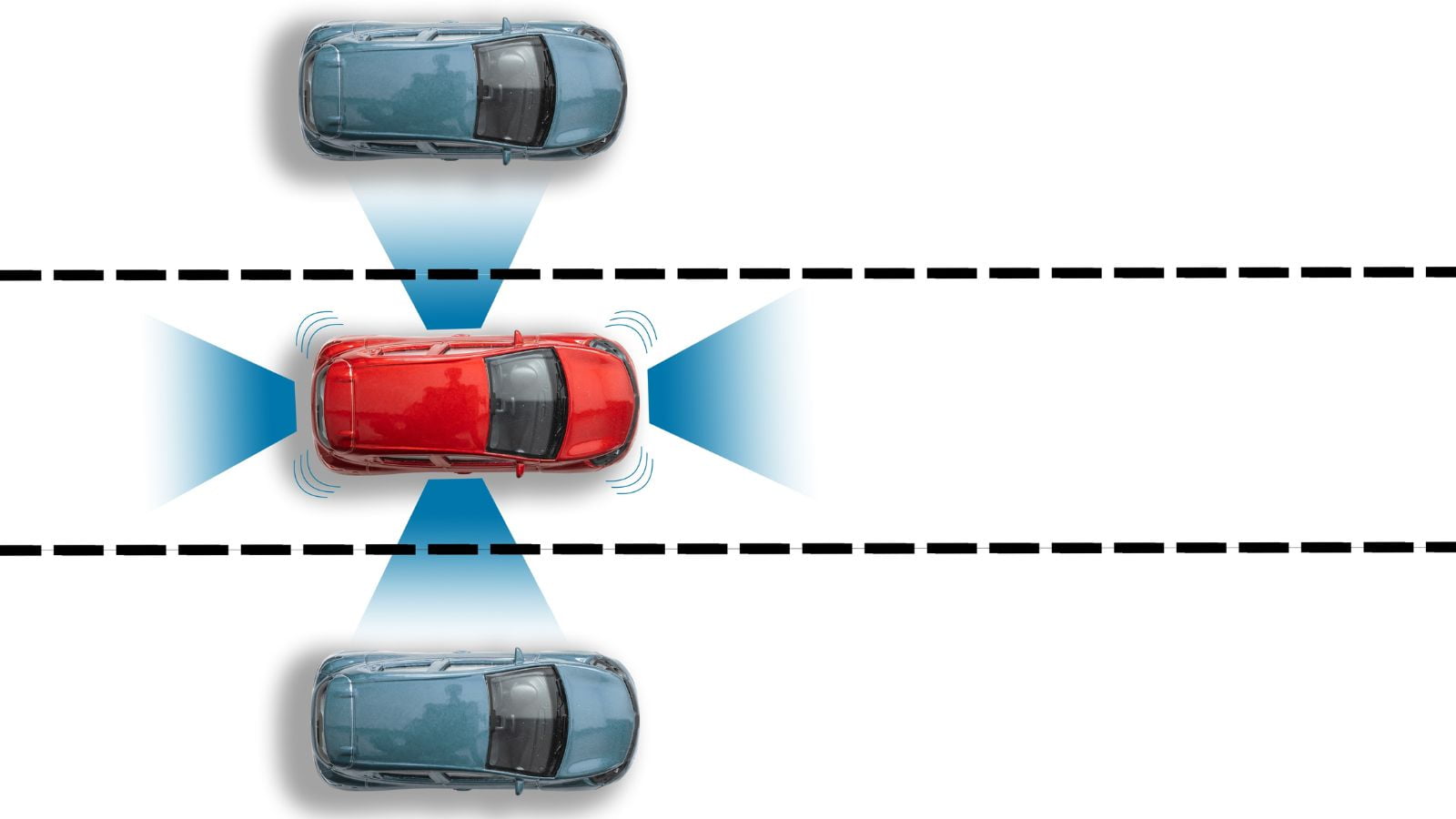
Adaptive cruise control, first seen in the 1999 Mercedes-Benz S-Class, automatically adjusts the vehicle’s speed to maintain a safe distance from the car ahead. This feature was like having a vigilant co-pilot who never needed a coffee break. It was also the first step towards the semi-autonomous driving systems we see today.
Bluetooth Connectivity
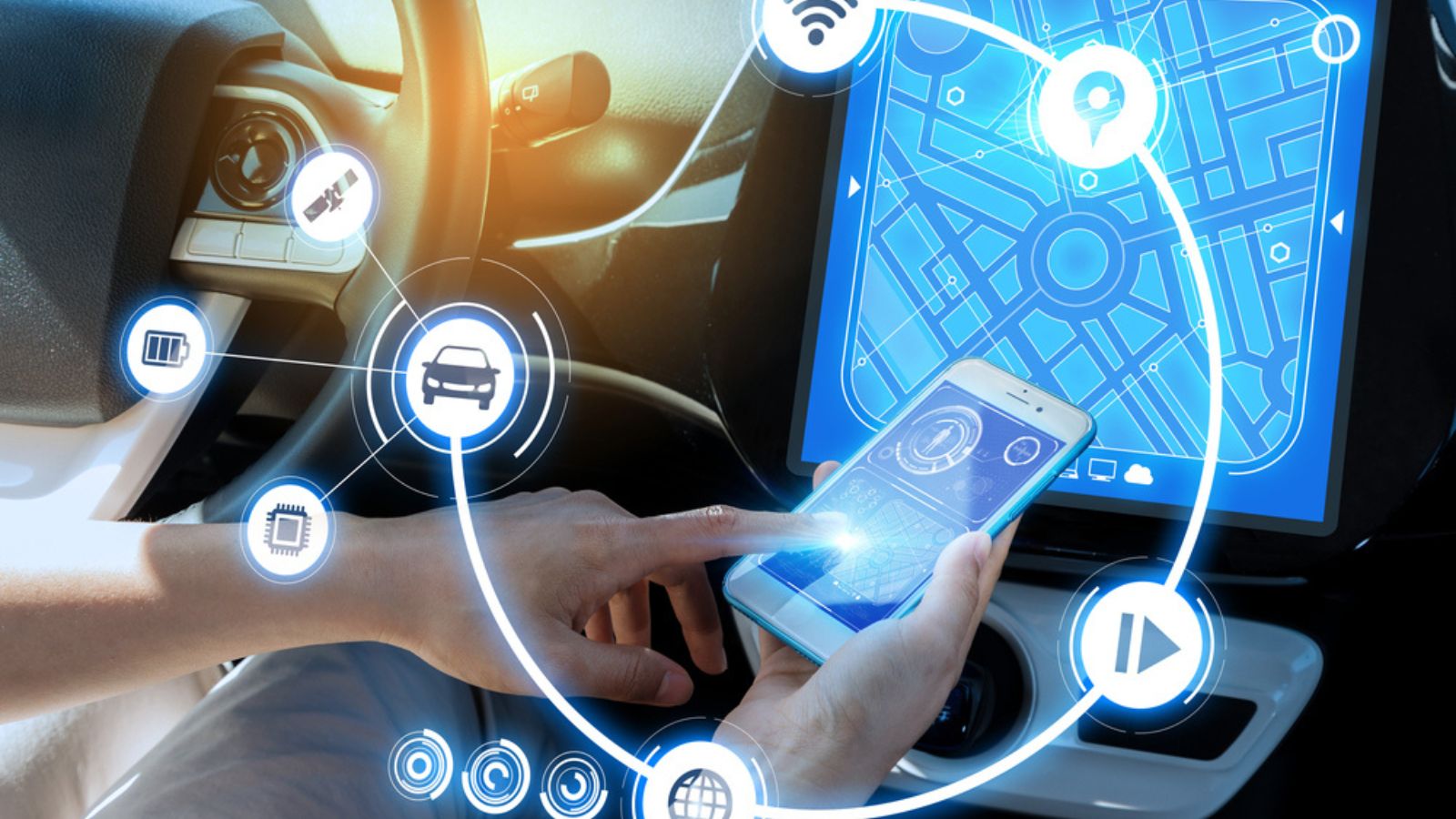
Bluetooth connectivity became a car staple around the mid-2000s, but it was first introduced in the 2001 Chrysler Sebring. It allowed drivers to make hands-free calls and stream music wirelessly, effectively ending the AUX cord tug-of-war. Plus, it lets you channel your inner DJ without taking your eyes off the road.
Keyless Entry and Start

Keyless entry and ignition systems made their debut in the 1998 Mercedes-Benz S-Class. Suddenly, the car keys were passé. You could unlock and start your car with a button, making fumbling for keys in your pocket or purse a thing of the past. It felt like a magic trick every time!
Lane Departure Warning
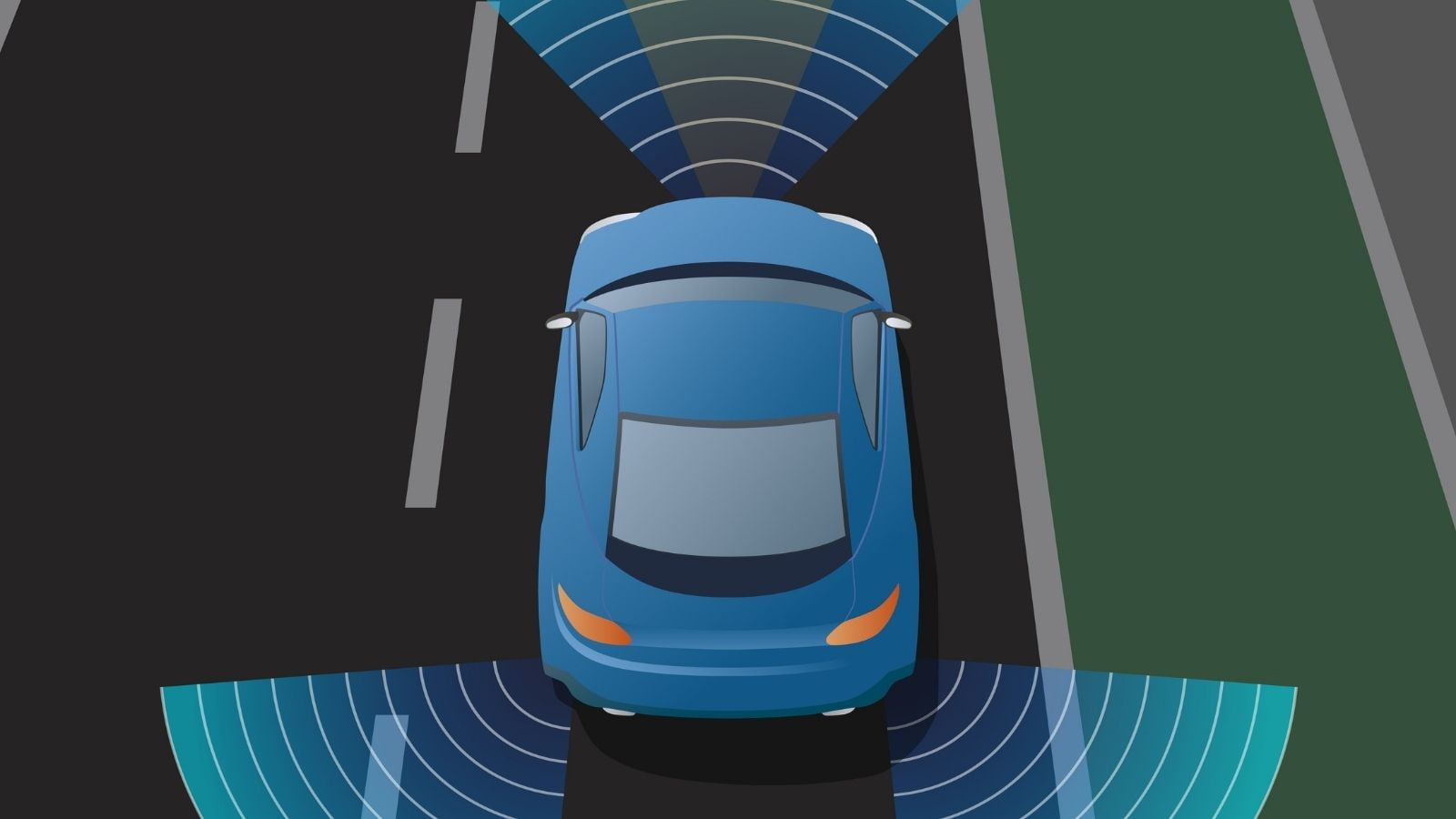
First introduced by Toyota in 2000, lane departure warning systems use cameras to monitor your position on the road. If you start to drift out of your lane without signaling, the system will alert you. This feature is like having a backseat driver who doesn’t annoyingly comment on your every move.
Night Vision
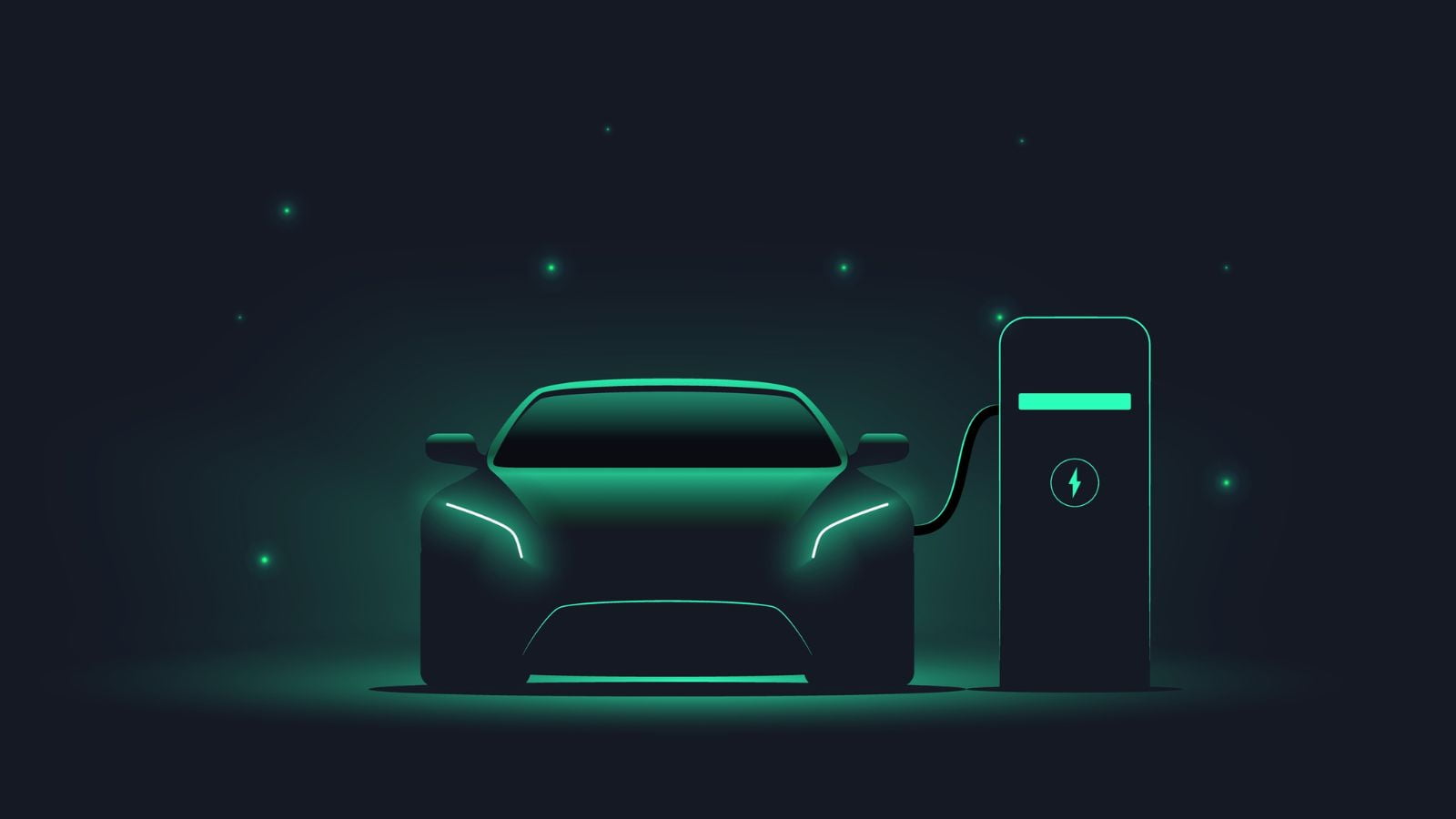
Cadillac first offered night vision in its 2000 DeVille, using infrared technology to detect objects beyond the range of headlights. This made driving in the dark much less harrowing, turning every driver into a nocturnal superhero. No more squinting into the abyss, hoping to spot a deer before it spots you.
Heads-Up Display (HUD)
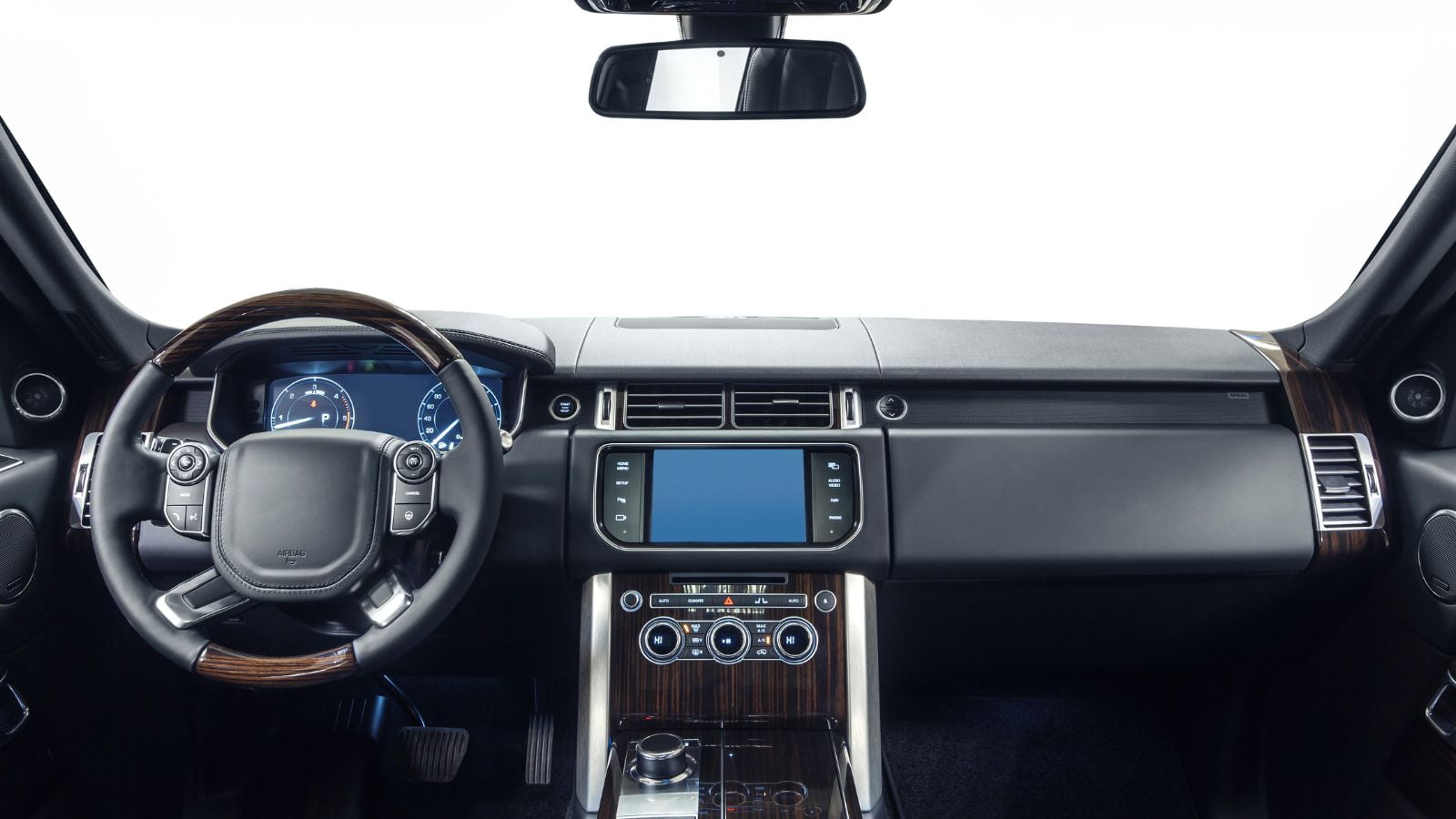
Initially used in fighter jets, HUDs found their way into cars like the 1988 Oldsmobile Cutlass Supreme. These displays projected important information onto the windshield, allowing drivers to keep their eyes on the road. It was like turning your car into a high-tech cockpit – Top Gun, eat your heart out.
Self-Parking Cars
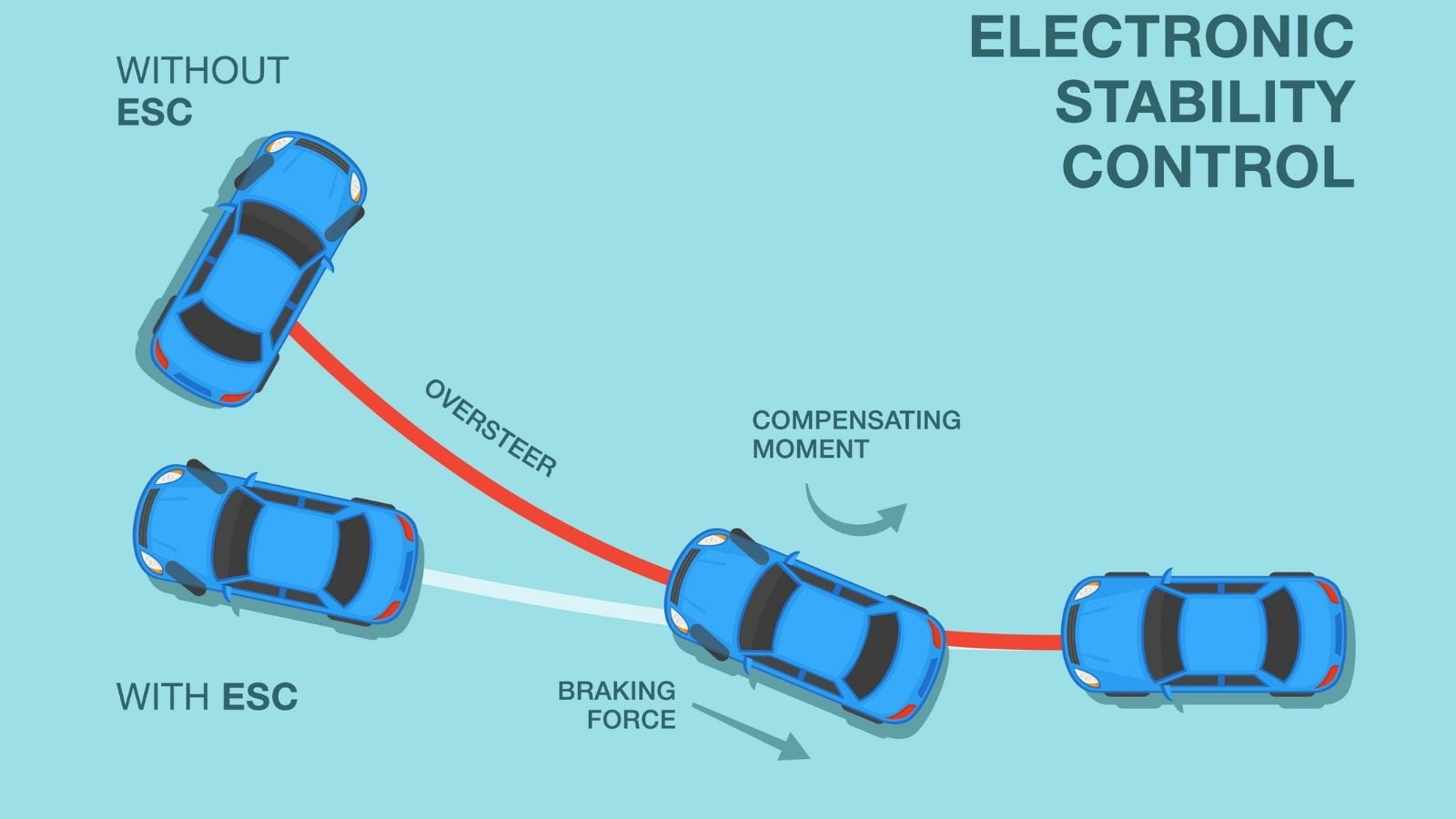
The 2003 Toyota Prius introduced the world to self-parking technology, a godsend for anyone who ever broke into a cold sweat at the sight of a parallel parking space. With this feature, your car could park itself with the precision of a professional valet. Finally, a solution to one of urban life’s most dreaded challenges!
Airbags

Airbags first appeared in the 1973 Oldsmobile Toronado, though they didn’t become widespread until the 1990s. These inflatable cushions provided crucial protection during collisions, reducing injuries and saving lives. They were the unsung heroes of car safety, always there when you needed them most but never asking for thanks.
14 Cars With A Reputation For Running Forever And Why They Outperform The Rest

In the dynamic world of automobiles, some cars stand out for their remarkable longevity and enduring performance. These road warriors have earned a reputation for running seemingly forever, outpacing their counterparts. This article will explore 14 such vehicles and the reasons behind their legendary durability. 14 Cars With A Reputation For Running Forever And Why They Outperform The Rest
